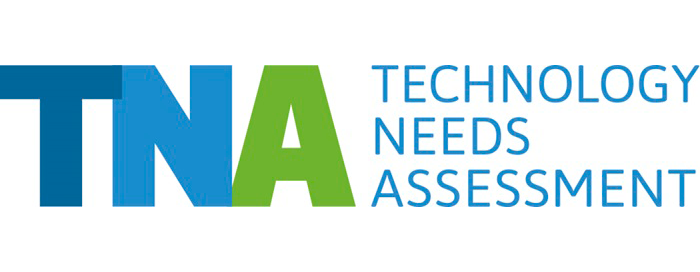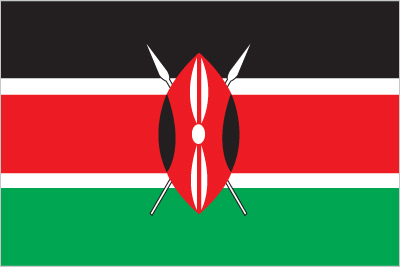Kenya completed its TNA in 2013. In mitigation, the TNA identified solar home systems as a way to reduce greenhouse gas emissions significantly, given Kenya’s abundant sunshine.
In adaptation the TNA focused on technologies like drip irrigation to expand farming into arid and semi-arid areas, build climate resilience, and increase food security for livestock.
Water-scarce and prone to droughts, most of Kenya’s land is arid or semi-arid, hard conditions for its single key sector, agriculture, which keeps 80% of the population employed, contributes directly and indirectly to over 50% of GDP, and makes up 65% of all exports. With climate change, droughts, flash floods and rising sea levels in the Indian Ocean are alarming the agriculture sector. Crops and livestock mostly depend on rain as their source for water. In 2009 over 50% of Kenya’s livestock was lost to drought.
The Technology Action Plans aims to pave the way for food provision for livestock and for expanding farming practices into arid and semi-arid areas through the use of technologies such as drip irrigation. The expansion of farming lands into previously unused areas builds climate resilience and alleviates poverty. At the time of the TNA, only 1.7% of farmland was irrigated, it being estimated that around 450,000 ha of existing farmland and 600,000 ha of potential farmland would benefit from irrigation.
KawiSawi is a newly established investment fund in Kenya and Rwanda. The fund is based on the TNA results and it is supported by the Green Climate Fund. Its purpose is to drive off-grid solar power in East Africa, where investments in 10-15 clean energy companies will provide household solar technologies. The project has a lifespan of twelve years, and it is projected that a total emission of 1.5 million tCO2 will be avoided.
Kenya’s energy supply is mostly generated from fossil fuels, but the TNA has shown that solar home systems have the potential to reduce GHG emissions significantly. Given its location on the equator, Kenya’s sunshine is abundant, and this technology has a mitigation potential of 1,000,000 tCO2 yearly.
Kenya’s TNA contributes to the following Sustainable Development Goals:







